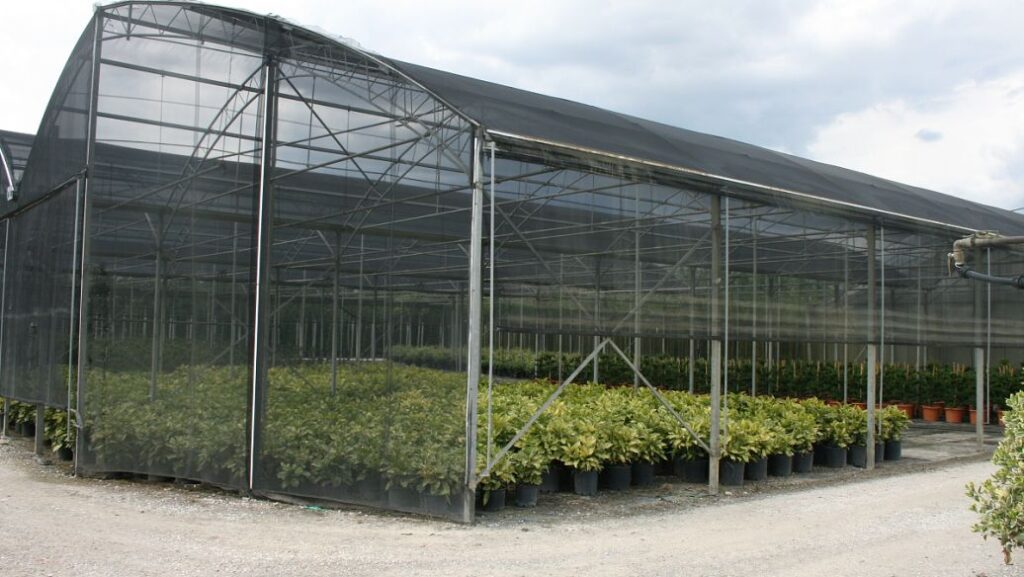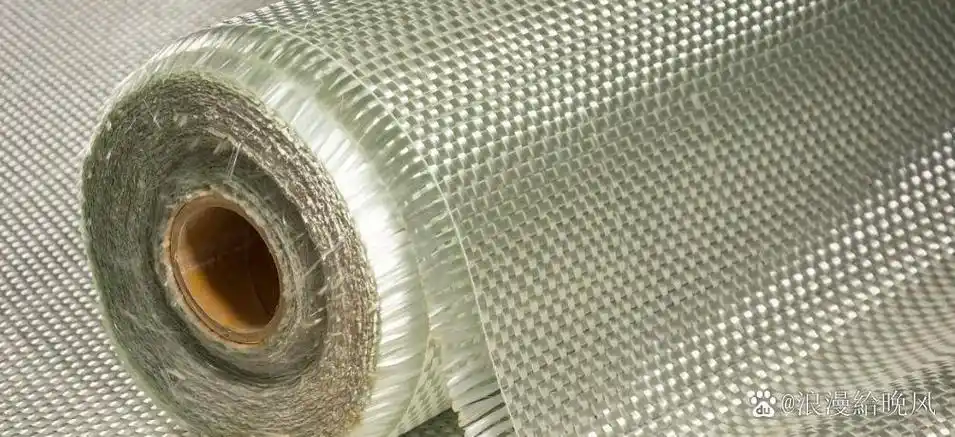Release Date:2025-04-07 |
Activity Date:
Introduction to GFRP Greenhouse Framing Systems Material Composition and Manufacturing
Fiber Components :
E-glass fibers (standard grade): 9-13 μm diameter, 3.4 GPa tensile strength
AR-glass fibers (alkali-resistant): ZrO₂ content >16% for enhanced durability
Matrix Systems :
Isophthalic polyester resin: $1.5-2.2/kg, 60-80 MPa flexural strength
Vinyl ester resin: Superior chemical resistance for harsh agricultural environments
Fabrication Processes :
Pultrusion: Continuous production of linear elements (2-5 m/min)
Vacuum infusion: For complex curved structural members
Structural Performance Characteristics
Mechanical Properties:
Specific strength: 4-5 times greater than mild steel
Flexural modulus: 20-25 GPa (engineered to resist snow loads up to 1.5 kN/m²)
Environmental Resistance:
Zero corrosion in pH 3-11 environments
UV stability: <2% property degradation/year with proper surface treatment
Thermal and Energy Efficiency Advantages
Thermal conductivity: 0.3-0.4 W/m·K (reduces heat transfer by 60-70% vs. steel)
Linear expansion coefficient: 6-10 × 10⁻⁶/°C (matches glazing materials within 15%)
Demonstrated energy savings: 12-18% in temperate climates through reduced thermal bridging
Design Optimization for Agricultural Applications
Standard profiles:
Circular tubes: Ø40-60mm, 2.5-3.5mm wall thickness
I-beams: 80-120mm web height for 8-12m spans
Connection systems:
GFRP-specific brackets with stainless steel fasteners
Adhesive bonding achieving 85-95% of base material strength
Lifecycle Cost Analysis
Initial cost premium: 25-35% over galvanized steel
Maintenance savings: $0.8-1.2/m² annually
Service life: 18-25 years in typical agricultural environments
ROI period: 4-7 years in coastal regions


